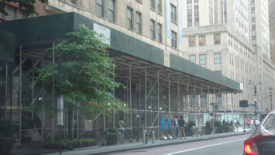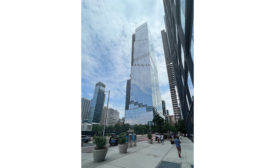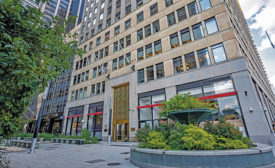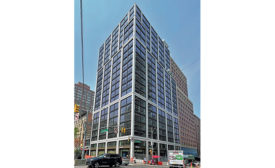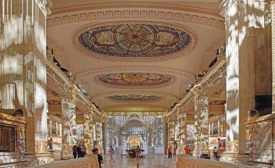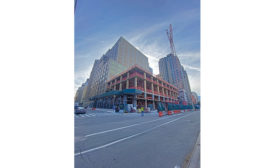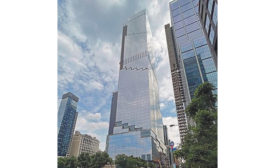Home » Keywords: » New York City
Items Tagged with 'New York City'
ARTICLES
Correctional Facilities
NYC Awards $7B for Replacement Jails With 2027 Deadline to Close Rikers Looming
Read MoreENR 2023 New York Best Projects
Award of Merit Small Project: Sorin Medical
November 13, 2023
ENR 2023 New York Best Projects
Award of Merit Residential/Hospitality: Moxy NYC Lower East Side
November 13, 2023
ENR 2023 New York Best Projects
Best Project Residential/Hospitality: 96+Broadway
November 13, 2023
ENR 2023 New York Best Projects
Award of Merit Renovation/Restoration: Hall des Lumières
November 13, 2023
ENR 2023 New York Best Projects
Award of Merit Office/Retail/Mised-Use: 555 Greenwich Street
November 13, 2023
ENR 2023 New York Best Projects
Best Project Office/Retail/Mixed-Use: The Spiral
November 13, 2023
The latest news and information
#1 Source for Construction News, Data, Rankings, Analysis, and Commentary
JOIN ENR UNLIMITEDCopyright ©2024. All Rights Reserved BNP Media.
Design, CMS, Hosting & Web Development :: ePublishing
